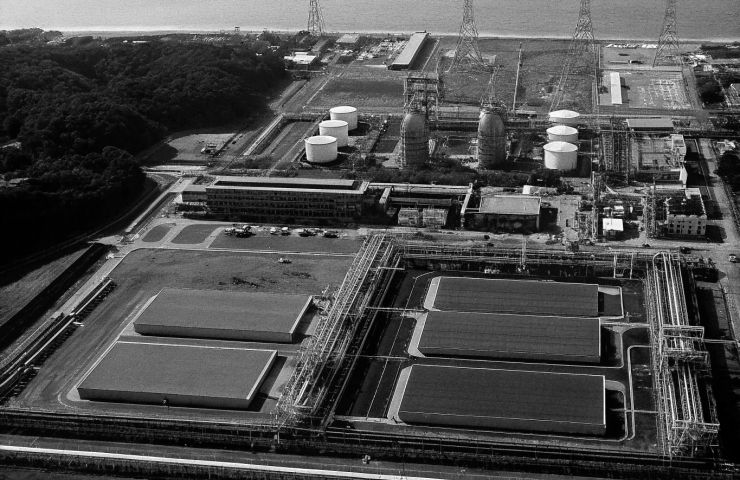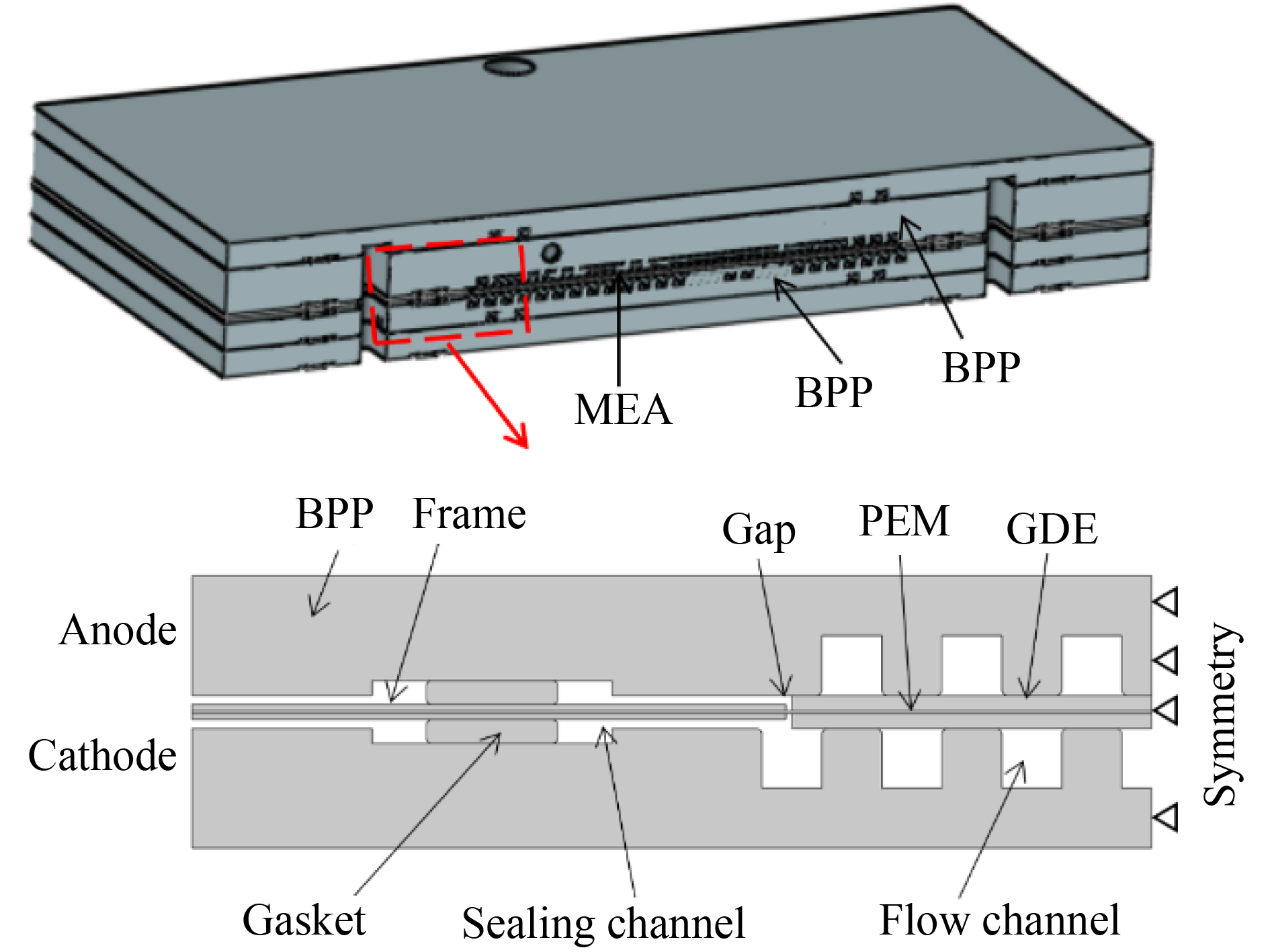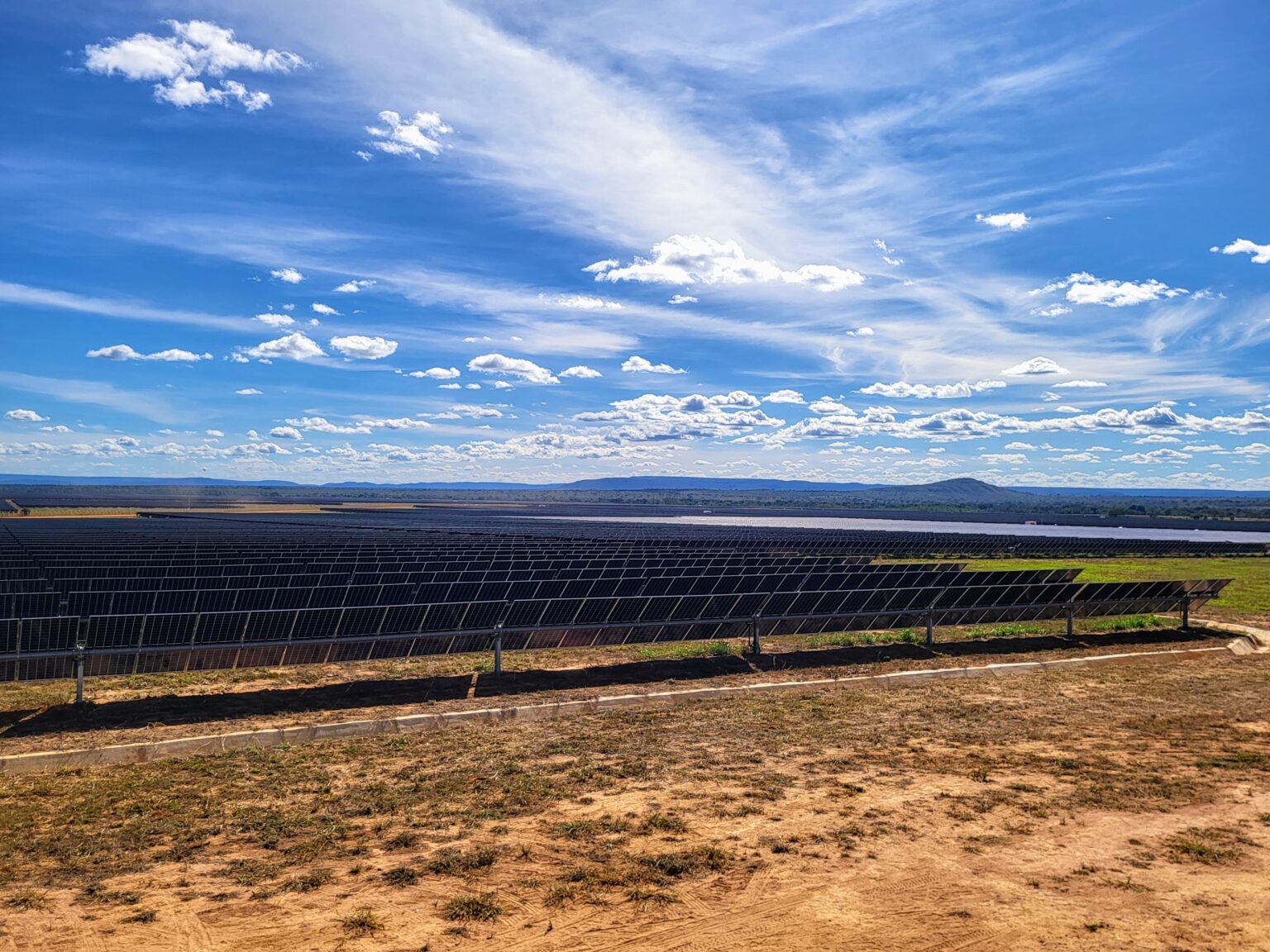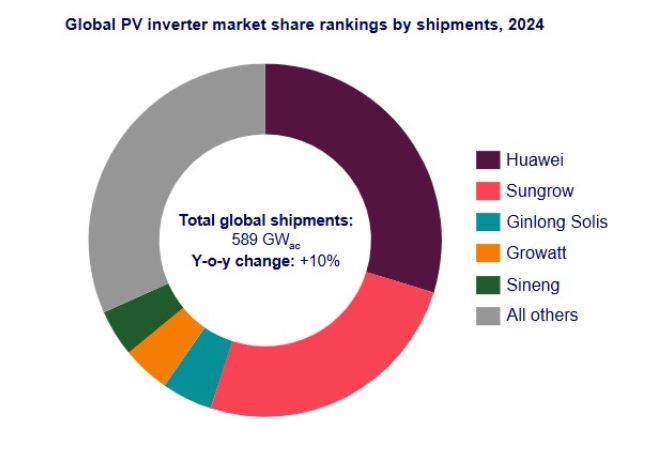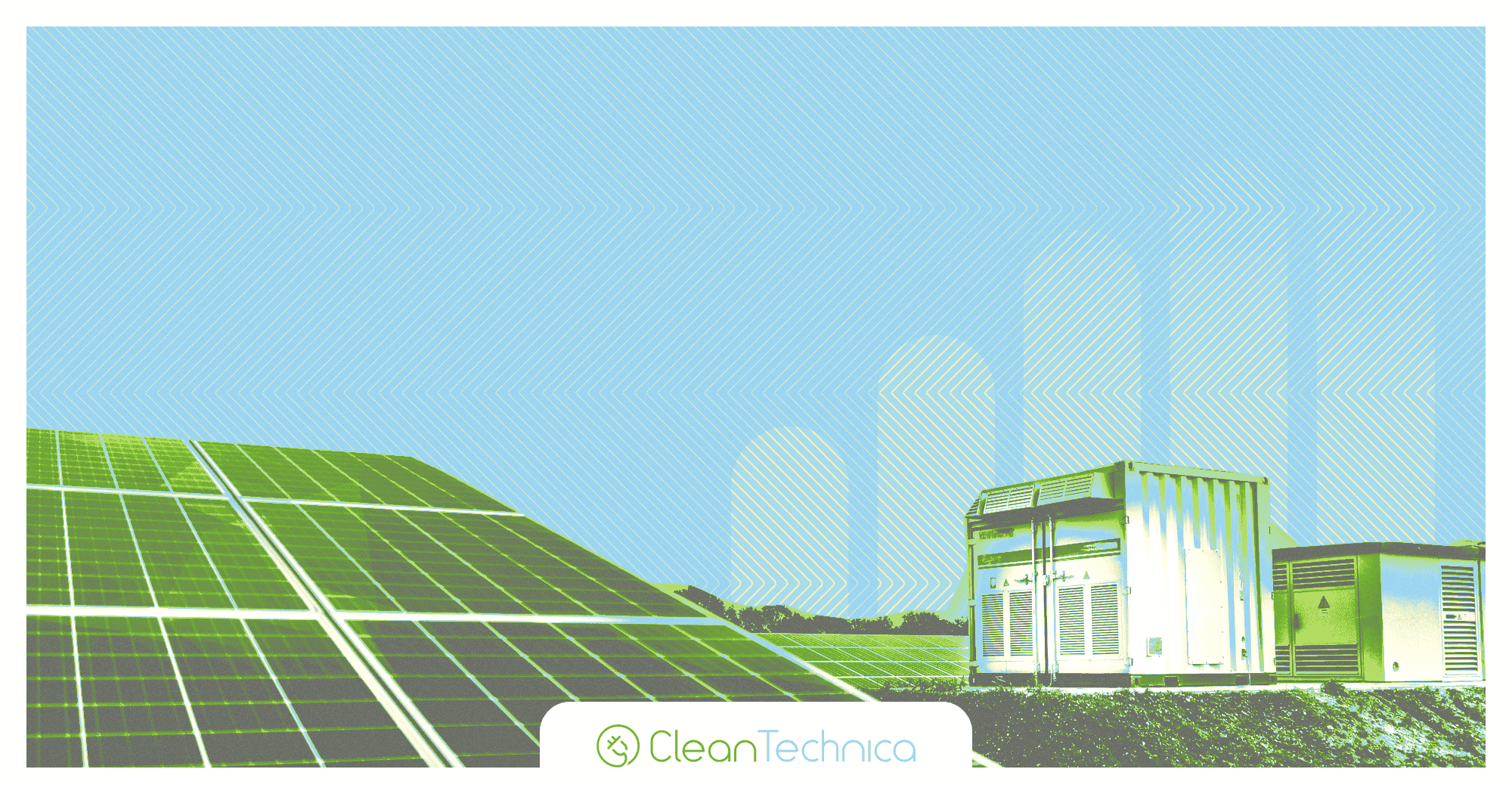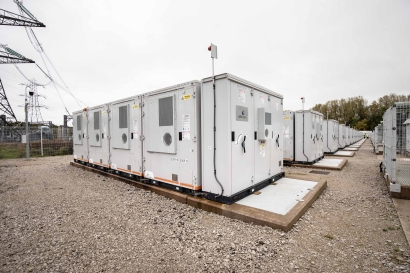Record solar output in Europe drives rise in negative price hours
Record solar generation across Europe and limited storage capacity are driving a surge in negative electricity price hours, with below-zero pricing expected to hit new highs in the third quarter, according to Montel Analytics.

Record solar generation across Europe and limited storage capacity are driving a surge in negative electricity price hours, with below-zero pricing expected to hit new highs in the third quarter, according to Montel Analytics.
The growing frequency of negative electricity prices in Europe is driven primarily by rising levels of solar generation, according to a report from energy research firm Montel Analytics.
In its European electricity market summary for the second quarter of 2025, Montel Analytics said that almost all European countries are experiencing an increased number of negative price hours this year, with the trend expected to continue into the future.
Sweden’s SE2 price zone recorded the largest number of negative price hours in the six months to the end of June, totaling 506. The report said this was driven by “unusually strong hydro inflows, transmission bottlenecks, changes to flow-based market coupling and renewable buildout.”
Elsewhere, the number of negative price hours also exceeded 300 in Spain (459), the Netherlands (408), Germany (389), France (363), Belgium (361), Finland (363) and Denmark 1 (326).
Montel Analytics attributed the increased frequency in below-zero prices to a record level of solar generation in the three months to June, reaching 104.4 TWh for the second quarter of 2025, combined with a lack of storage and flexible demand to absorb surpluses.
Jean-Paul Harreman, director at Montel Analytics, said he expects negative power prices to reach record levels across parts of Europe during the third quarter of this year. He said this will be driven by “continued renewables expansion without a commensurate increase in underlying demand … Germany, the Netherlands and Belgium are likely to continue experiencing sharply negative prices in the afternoon, followed by high prices in the evening as fossil fuel capacity ramps up.”
He added that a similar pattern is emerging in parts of southeastern Europe.
“However, limitations in grid infrastructure and cross-border interconnection capacity are expected to reduce this region’s ability to benefit from lower prices in neighboring markets,” said Harreman.
Earlier this week, London-based think tank Ember said that record solar generation across the European Union was key to stabilizing the continent’s power supply during the recent heatwave.
What's Your Reaction?
























